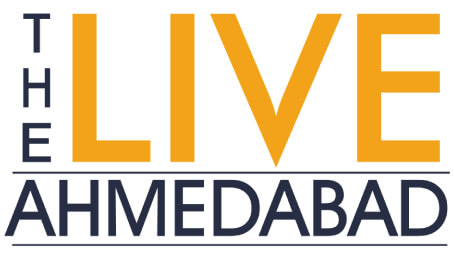“My mother died and I couldn’t handle the circumstances. Just that,” said Sadanand Viswanath, his voice suddenly emotional. In a second AC train compartment from Gwalior to Delhi after a Ranji match, fellow passengers—including an American tourist, a cricket reporter, and a young businessman—listened in silence. Viswanath, then a domestic umpire, spoke of his brief but eventful international career: three Tests, 22 ODIs, and his finest moment—a stumping of Javed Miandad off the bowling of teenage prodigy Laxman Sivaramakrishnan.
In 1985, ‘Siva’ (18) and Viswanath (22) burst onto Indian TV screens. By late 1986, both had faded. They were talented youngsters, perhaps lacking the support and guidance needed to sustain their careers.
Years later, Vinod Kambli, after back-to-back Test double centuries, lost his way amid stories of indiscipline. Like Viswanath and Sivaramakrishnan, Kambli too may have needed steady hands to guide him through fame and pressure.
That is what 14-year-old Vaibhav Suryavanshi might now have in Rahul Dravid, the Rajasthan Royals’ head coach, known for his integrity and mentorship. Suryavanshi became the youngest ever centurion in IPL history, and those around him are determined to ensure his rise doesn’t mirror the abrupt falls of past prodigies.
Bihar Cricket Association president Rakesh Tiwary, the Royals management, Dravid, and Vaibhav’s father Sanjiv are building a support system around the teen. Dravid has personally spoken to Vaibhav’s parents, advising them to prioritize the child’s holistic development over short-term gains.
“He has a special talent,” a Bihar CA official noted. “It’s up to the right people to help him reach his potential.”
Respected coach WV Raman added perspective: “He’s just a baby, fearless for now. But his parents’ choices from here on will be crucial.” Raman stressed the importance of staying grounded despite early success.
Sivaramakrishnan, recalling his own struggles with Maninder Singh as teenage spinners without mentorship, believes Suryavanshi is in a better environment. “Today’s batters are easier to guide, and there’s more support. Back then, we had no one to talk to.”
Yet, challenges remain. A former NCA coach familiar with franchise cricket offered a sobering reality check: “You can’t fully protect him. He’ll make mistakes. It’s part of the journey.”
He likened it to choosing between the ‘Shubman Gill Highway’ and the ‘Prithvi Shaw ByLane’—both paths shaped by decisions made by the player and those around him.
After the IPL, Suryavanshi will join the NCA’s U-19 camp as a “star” who took on bowlers like Siraj and Ishant. But stardom brings its own tests. “Will coaches be in awe or guide him with the tough love he needs?” the coach asked.
He was realistic about Dravid’s limits: “Rahul is a team coach, not a personal mentor like Abhishek Nayar for Angkrish Raghuvanshi. Expecting Dravid to oversee every detail of Vaibhav’s career is unrealistic.”
He cited the risk of commercial interests: “If one agency offers Rs 20 crore and another Rs 40 crore, what will the parents do? That’s the real test.”
The distractions are many. “After 60 days with the Royals, he’s on his own. Politicians will want him at functions, photos will be taken, and decisions will be made by dozens of people.”
Of the estimated 45 individuals now involved in Suryavanshi’s journey—from coaches to agents to family—“only about five will matter,” the coach warned. “The success of Vaibhav Suryavanshi depends on whether those five are given the freedom to do what’s best.”



